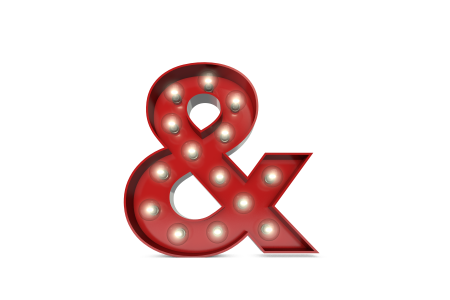Don’t fix fragments … and more!
The story goes that when future columnist James J. Kilpatrick was a young newspaper reporter, he wrote lots of deadly long sentences. Finally, in frustration, the city editor gave Kilpatrick a piece of paper covered with dots.

“These interesting objects, which apparently you have never encountered before, are known as periods,” the editor said. “You would do well to use them.”
We’d all do well to use more periods: If your sentences are too long, readers won’t understand them.
Here are three ways to streamline sentences:
1. Hit period more often.
Take a tip from William Zinsser, author of On Writing Well:
“There’s not much to be said about the period, except that most writers don’t reach it soon enough.”
Scan your copy for punctuation marks other than periods. Those include colons, commas, dashes, ellipses, parentheses, semicolons. These punctuation marks connect dependent and independent clauses together to create sprawling sentences.
When you find them, see whether you can substitute a period instead. As Kilpatrick wrote:
“The period, believe me, is the best friend a writer will ever have.”
You would do well to use them.
2. List lists.
If you have a series of three or more items, break them out of the sentence into a bulleted or numbered list. Readers perceive bullets as each being separate sentences and paragraphs.
This is especially important online, where readers skim even more than they do in print. In one test, usability expert Jakob Nielsen made a webpage 47% more usable by breaking copy up and lifting ideas off the page.
3. Don’t fix fragments.
Mrs. Webb, your 3rd-grade teacher, probably counseled you to avoid sentence fragments. Mrs. Webb was wrong. Sentence fragments can help you:
- Create drama.
- Make a transition.
- Emphasize an important idea.
- Change the pace of your piece.
- Make your copy sound conversational.
- And, of course, make sentences shorter.
Fragments like these can make your copy tighter and more interesting.
Period.
How long should your message be?
Would your message be twice as good if it were half as long?
Yes, the research says. The shorter your message, the more likely readers are to read it, understand it and make good decisions based on it.
 So how long is too long? What’s the right length for your piece? Your paragraphs? Your sentences? Your words?
So how long is too long? What’s the right length for your piece? Your paragraphs? Your sentences? Your words?
Find out at Rev Up Readability — our clear-writing workshop, which starts June 20.
There, you’ll use a cool (free!) tool to analyze your message for 27 readability metrics. You’ll leave with quantifiable targets, tips and techniques for measurably boosting readability.
Save up to $100 with our group discounts.
